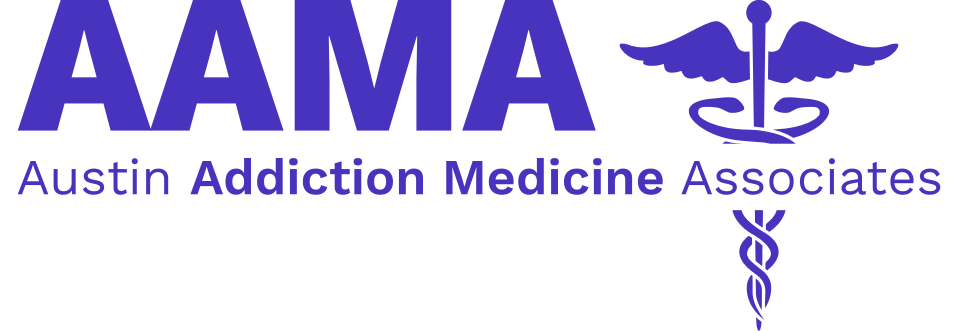The purpose of this article is to acquaint the reader with some dangerous withdrawal and overdose syndromes that can occur in the setting of alcohol and substance abuse. The drugs that will be discussed in this article are central nervous system depressants, which in an overdose situation have the capacity to kill the patient by impairing their respirations. An overdose of any of these substances constitutes a medical emergency and care should be sought via the emergency room. The withdrawal syndromes that can accompany these drugs can range from uncomfortable symptoms to lethal complications. Generally speaking, the withdrawal syndrome associated with a drug is the opposite of its clinical effect. In other words, the withdrawal syndrome associated with central nervous system depressants is characterized by: anxiety, insomnia, agitation, tremors (or “the shakes”), the potential for seizures, and a variety of other symptoms related to the hyperactivity of the central nervous system in the absence of its drug of “no choice” (i.e. a drug that once you start using it, you can’t quit without outside help). Some of the drugs that we will discuss will have symptoms and signs in common; however, there are some important differences, which will be highlighted in the following paragraphs.
Alcohol is the most commonly used and abused substance in this culture. The symptoms of intoxication and overdose can vary from person to person depending upon their tolerance for the drug, their body weight, their sex (women are more susceptible than men), and whether or not they are using any concurrent drugs. The level of alcohol in the blood stream is expressed in milligram percent (i.e. mg %). In Texas, a blood alcohol level of 80 mg% meets the criteria for intoxication and can result in a DWI. A non-tolerant drinker with a blood alcohol level of 150 mg% (approximately 7-8 drinks) will experience gross motor incoordination, confusion, and disorientation. An alcohol level of 350-400 mg% is usually lethal in a non-tolerant drinker and can lead to respiratory or circulatory collapse. Combining alcohol with other drugs heightens the risk of a bad outcome.
Withdrawal from alcohol can range from minor symptoms of a hangover to potentially lethal seizures in the setting of delirium tremens. The severity of the withdrawal is usually proportional to the amount of alcohol that has been consumed on a daily basis. However, there is a lot of individual variation and some individuals will have serious symptoms with relatively low levels of drinking. Any drinker who manifests “the shakes” or any patient consuming more than twelve drinks in a 24-hour period is at high risk for alcohol withdrawal and must be closely observed in a medical detox facility. The physical stress and strain of withdrawal can worsen underlying medical conditions and necessitates a medical evaluation. Remember, untreated alcohol withdrawal can kill!! If there is any doubt, contact a treatment center for evaluation, or, failing that, go to the emergency room. Outpatient detoxification is sometimes attempted in mild cases; however, this is tricky owing to the need to use benzodiazepines (i.e. Valium-like drugs, e.g. Ativan, Librium, Xanax, etc.) for the purpose of detoxification. If those benzodiazepines are combined with alcohol, a lethal synergistic reaction can occur. For this reason, this author does not advocate outpatient detox. If, however, it is going to be tried then it makes sense to have the benzodiazepines administered by a sober person who can be relied upon to give them as directed and to call the doctor if there are questions or problems.
Benzodiazepines and barbiturates (e.g. Seconal) are cross-tolerant with alcohol (in other words, taking one of these pills is like taking a drink) and the withdrawal syndrome that they can induce is similar in intensity and severity to that of alcohol. Likewise, an overdose of these medications can cause respiratory depression and death (although this is more likely with barbiturates than with benzodiazepines). The medical management of overdose and withdrawal from these substances is very similar to that of alcohol.
Interestingly, opiate withdrawal is not dangerous; however, any opiate addict will assure you that while it may not kill you, it will certainly make you miserable. From the medical standpoint, the severity of opiate withdrawal is similar to that of a bad case of the “flu”. The patient will have muscle aches, “goose flesh” (hence the origin of the term “cold turkey”), runny nose, severe anxiety, insomnia, and intense craving for their drug of “no choice.” This author has spoken with recovering heroin addicts regarding the severity of opiate withdrawal. One of those recovering addicts described the level of anxiety as follows: “Doc, it’s as if you were in a 747 flying over the middle of the Atlantic Ocean and the pilot came on the intercom and told you the plane was going to crash.” Indeed, early on, this author attempted to detox a 25-year-old woman using only supportive measures, rather than “medication assisted treatment” (i.e. Methadone or Suboxone). This woman experienced so much craving and anxiety that she climbed a 14-foot high iron rail fence with spikes at the top; she then went out and scored and then promptly returned to the facility after dosing herself with Heroin. Obviously, this patient was serious about wanting to recover, otherwise she wouldn’t have returned to the facility. However, the discomfort she felt from the withdrawal process spurred her into action to satisfy her craving. Since that time, this author has been a proponent of “medication assisted treatment”.
The purpose of this article has been to alert the reader to the potential dangers associated with the various overdose and withdrawal syndromes that can occur in the setting of alcohol and drug abuse. In managing a withdrawal syndrome, this author endeavors to make the process as comfortable as possible; however, it is not possible to relieve all of the suffering attendant to the various withdrawal syndromes. By the same token, detoxification is not “rehabilitation”; it is only the first step in an ongoing process of recovery.
